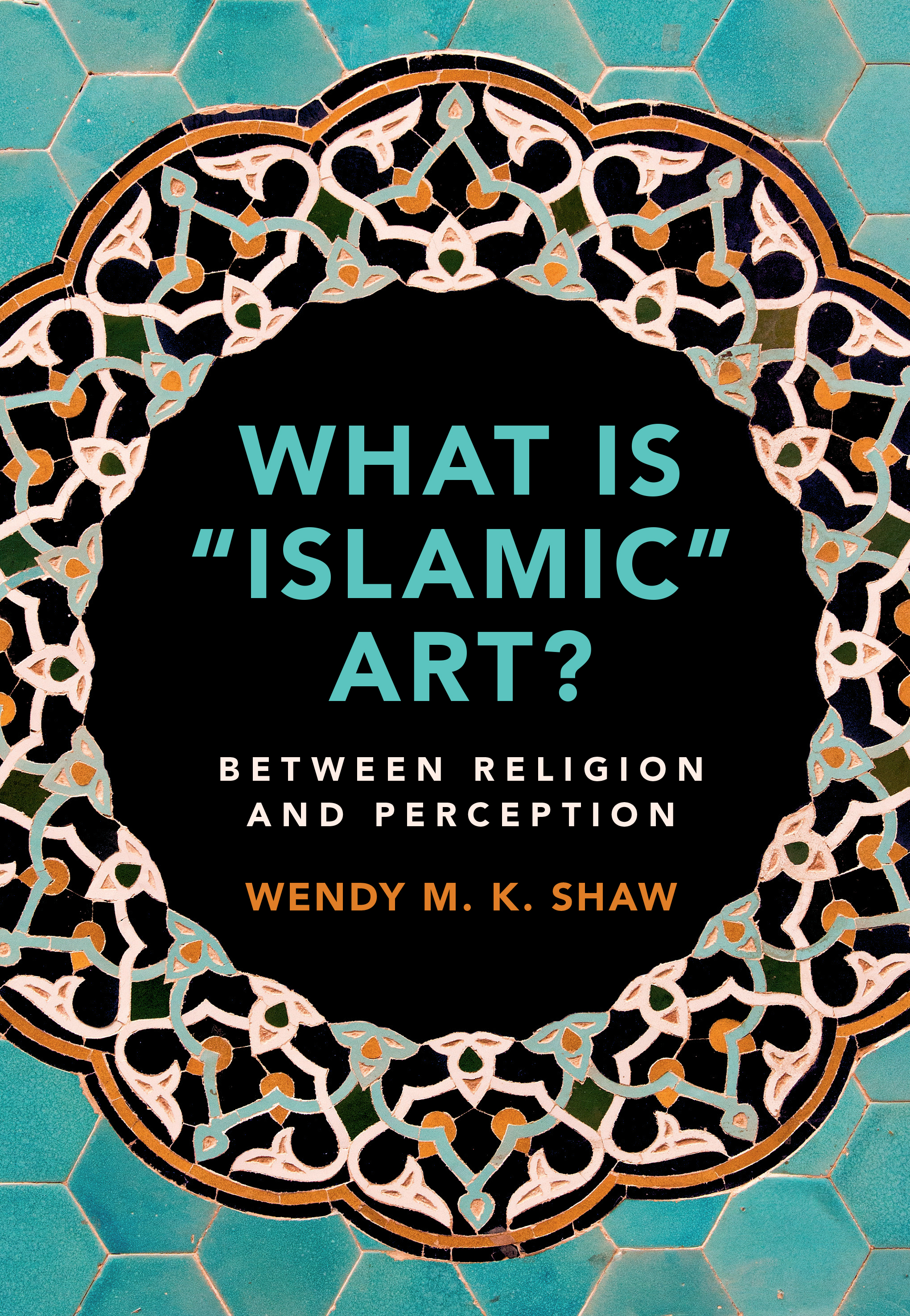
What is 'Islamic' Art? Between Religion and Perception
By
Publisher Cambridge University Press
Pub Date 2019
Pub Location None
Isbn 0
Course(s)
Description
What is art if the primary sensory organ is neither eyes nor ears, but the heart? Where are the boundaries between the senses as we take in the world? What is art if dreams and visions are as real as materiality? How can art make-present, and not just re-present?
Addressing these questions, this book develops an approach to perceiving the world as informed by Islamic discourses. Recognizing the limitations of conventional art historical frameworks that know about Islam through a framework of actors, places, and dates, it proposes art history as a means to learn from Islam. Revealing what is ‘Islamic’ in Islamic art, it explores the perception of arts, including painting, music, and geometry through the discursive sphere of historical Islam including the Qur’an, Hadith, Sufism, ancient philosophy, and poetry. Discussions include the sensory ontology of the Qu’ran; music and geometry as mimetic practices; icons of the impossibility of representing the Divine, as exemplified in the Simurgh; the dream as representation; and the utility of transgression as a means of transcendence in poetry about Joseph and Zuleikha.
The work combines a concise introduction to Islamic intellectual history with a critique of the modern, secular, and European premises of disciplinary art history. Its meticulous interpretations of intertextual themes span antique philosophies, core religious and theological texts, and popular prose and poetry in Arabic, Persian, Turkish, and Urdu that circulated across regions of Islamic hegemony from the tenth century to the colonial and post-colonial contexts of the modern Middle East. Emphasis on the experience of reception over the context of production enables a new approach, not only to Islam and its arts, but also as a decolonizing model for global art history.
|